Wildlife
Our Sea Safari takes you on an incredible tour of the scenery and wildlife that resides along the coast of the Dingle Peninsula.
Dolphins are seen swimming around the peninsula all year round, while we spot whales more frequently in the summertime between June and October
As our ribs venture to the beautiful Great Blasket Islands, you’ll see one of the biggest seal colonies in Ireland! Puffins come to the peninsula between March and July each year, and you’ll be able to see and take pictures of them in their natural habitat as well as a range of other seabirds.

Dingle Peninsula
Grey Seals
Halichoerus grypus
The Great Blasket Islands are inhabited by one of the largest colonies of grey seals in Ireland. Seals are very curious creatures, which makes for great pictures and videos that can be captured on our tour. These seals can come from as far as Scotland and the British Isles to breed on the Blasket Islands during the summer. Their thick fur and blubber allow them to withstand freezing temperatures, which is why up to 1000 seals can be seen near the islands even during the winter.
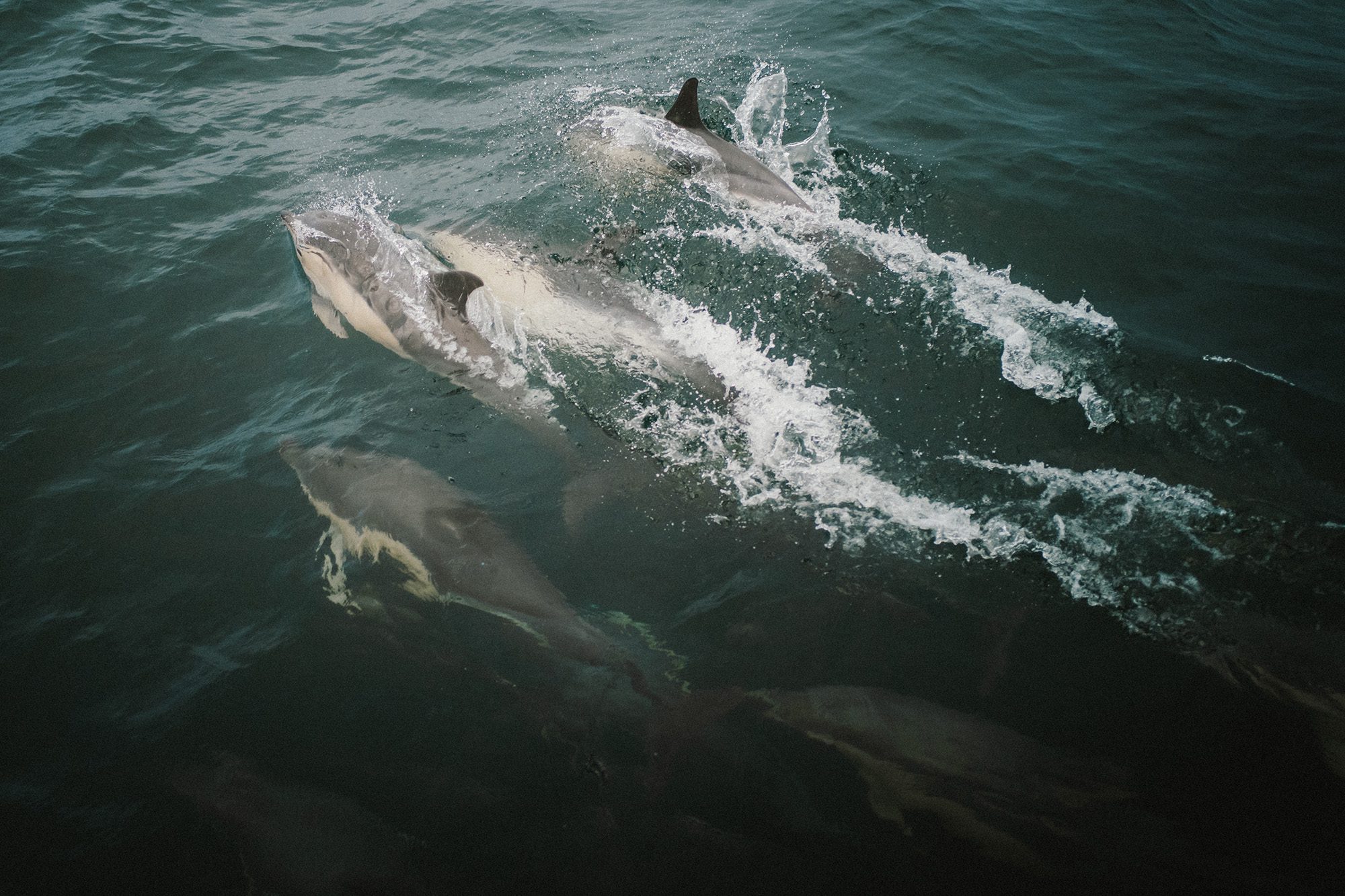
Dingle Peninsula
Dolphins
Delphinus delphis
Dingle peninsula is accompanied by a few different types of dolphin. The most well known being the bottlenose dolphin, which would describe Fungi, the famous Bottlenose dolphin who resided in Dingle for over 30 years. Bottlenose dolphins are very acrobatic and playful; they can put on a great show for our boat tours. The common dolphin is also frequently seen in Dingle, and they also love to interact with people and boats.
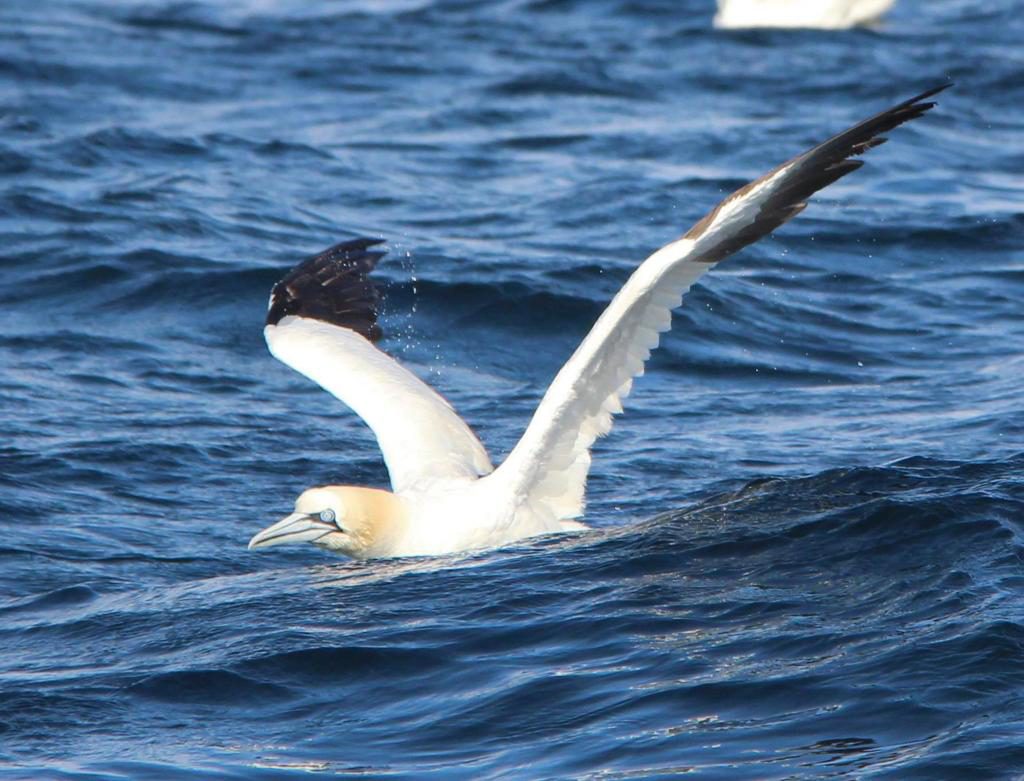
Dingle Peninsula
Sea Birds
Aves maris
The Dingle bay is also home to a display of sea birds such as European storm petrels, Manx shearwaters, Arctic terns, and Greenland white fronted geese. An array of birds live on and around the Blasket Islands, and there are many to be spotted during the summertime.
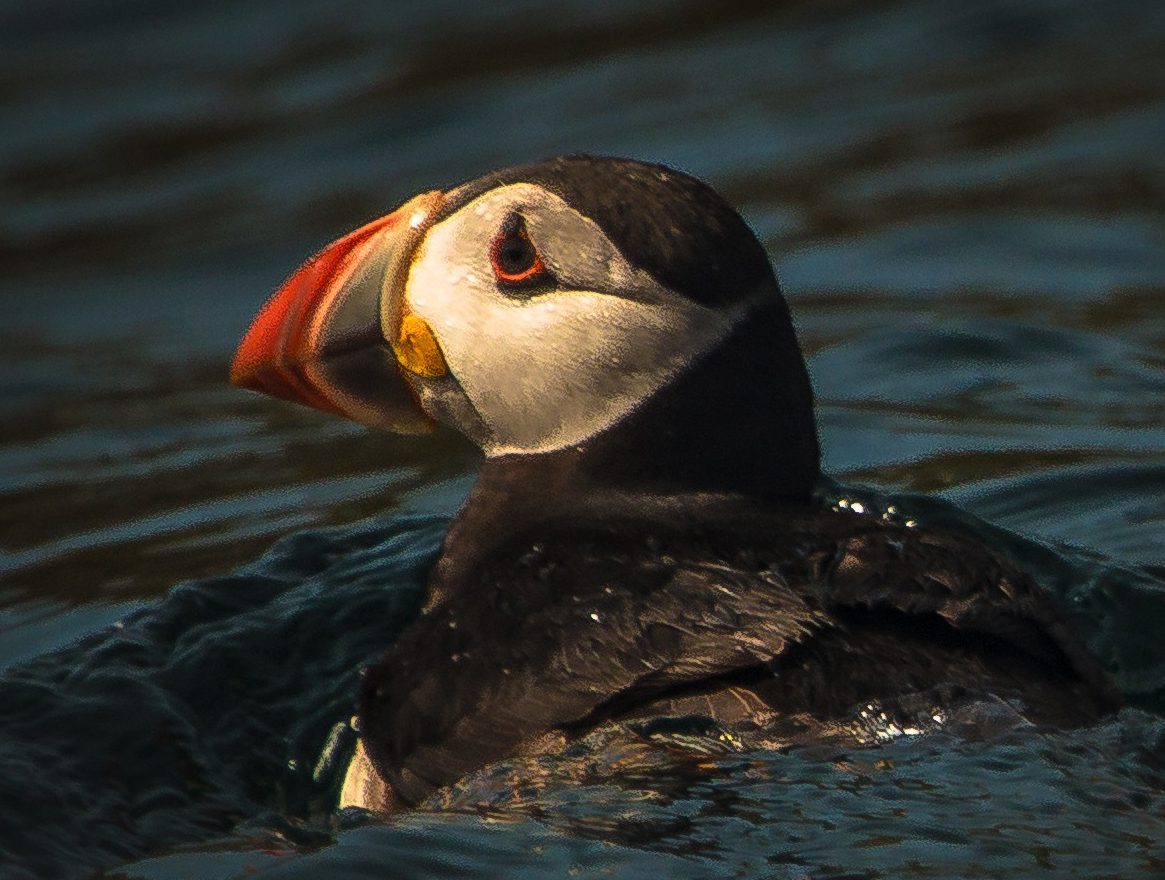
Dingle Peninsula
Puffins
Fratercula arctica
Puffins are a favourite to watch in the Dingle peninsula, as they come to the West Coast of Ireland between March and July every year. Puffins spend most of their time out at sea resting in the waves and swimming around the Blasket Islands. During the summer, they find suitable burrows on the outer Blaskets to lay their eggs and raise their young.
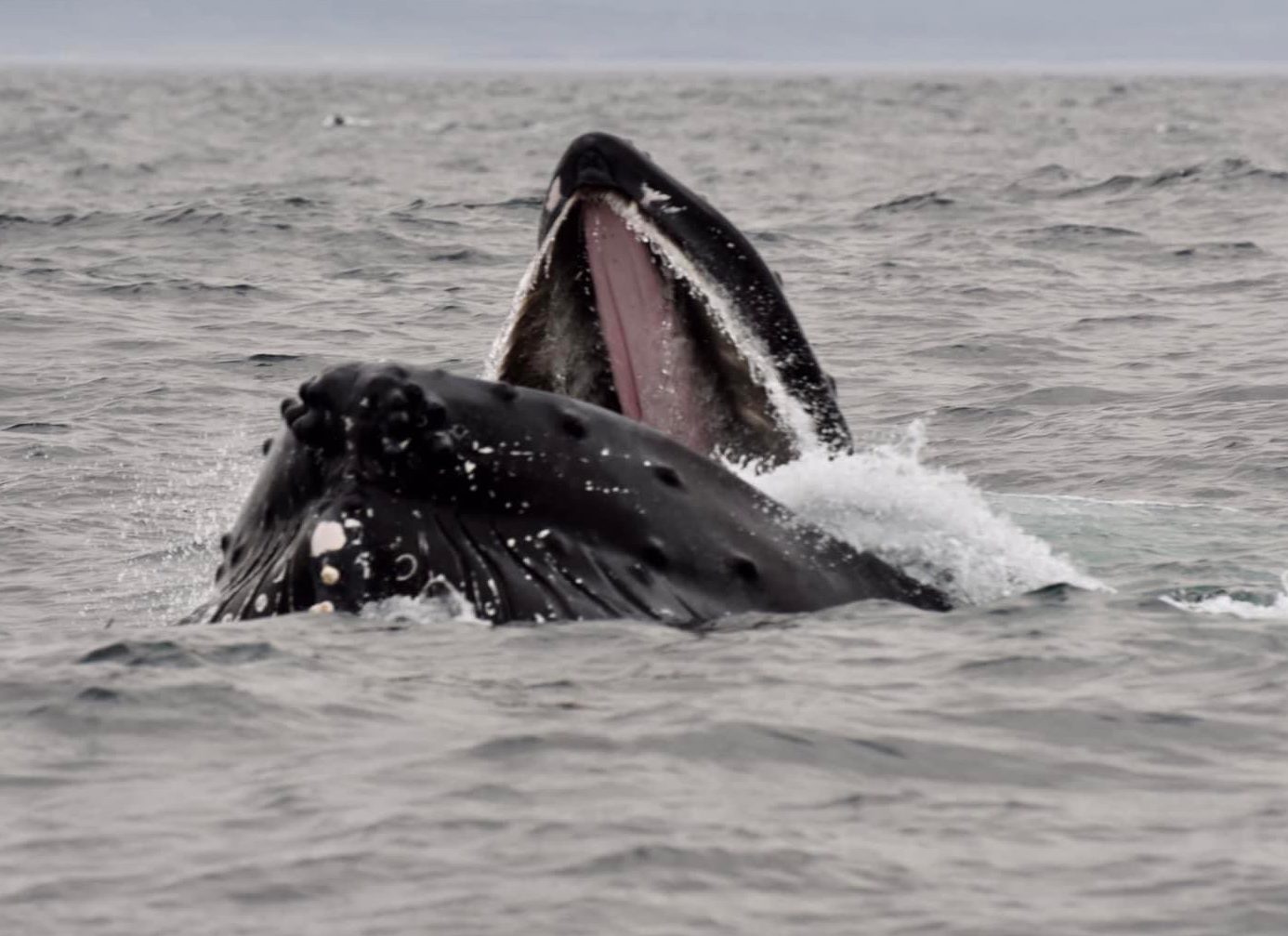
Dingle Peninsula
Whales
Cete
Minke whales are the most common whale to be seen in Dingle. They are a smaller baleen whale that can grow to be up to 10m in length, and they are seen most frequently between March and November. Humpback whales also frequent the area in late summer to early autumn, and often approach boats as they are very friendly and non-aggressive. Humpbacks can be up to 17m in length, and weigh almost 40 metric tons.
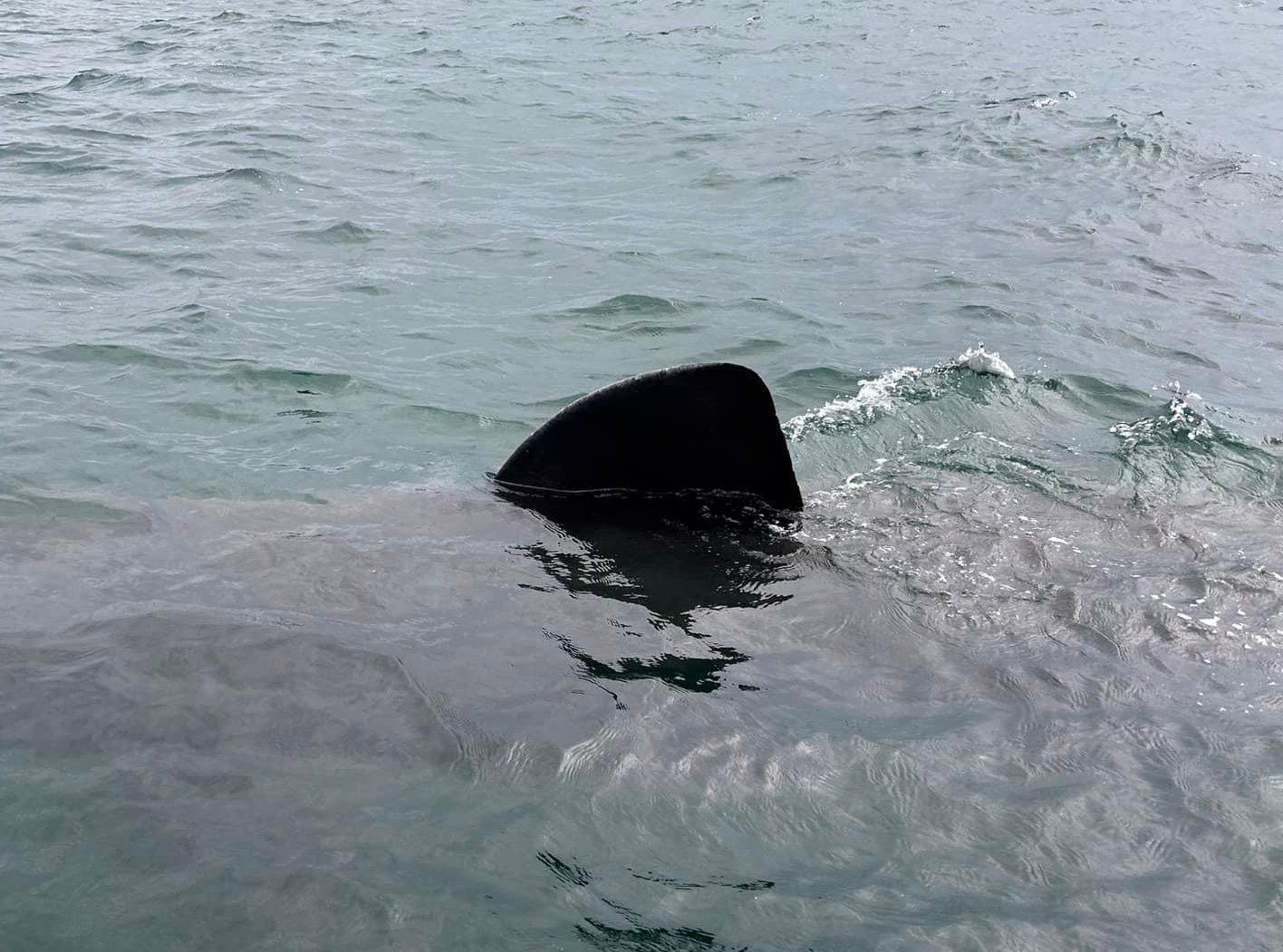
Dingle Peninsula
Basking Sharks
Cetorhinus maximus
Basking sharks are the largest fish in the North Atlantic. They can be seen around the Blaskets in early summer, and can grow to be 12m in length. These gentle giants can be spotted near the surface of the water as they use their enormous mouths to filter the water for plankton. Basking sharks swim slowly around the Dingle peninsula and are a beautiful sight to see from our ribs.

Dingle Peninsula
Red Deer
Cervus elaphus
The Irish Cervus elaphus, commonly known as the red deer, is an iconic symbol of Ireland’s rich natural heritage. Revered for its majestic stature and storied presence in Irish folklore, this species embodies the wild beauty of the Emerald Isle.
Map of Our Tour!
Dingle SEa Safari
Frequently Asked Questions
-
How common is it to see whales on the tour?
We see whales more often in the late summer months to early Autumn.
-
When would be the best time to see puffins?
Puffins arrive at the Blaskets around March to July each year.
-
Do dolphins come close to the boats?
Yes! The dolphins love to swim alongside our ribs and jump out of the water for our tours.
